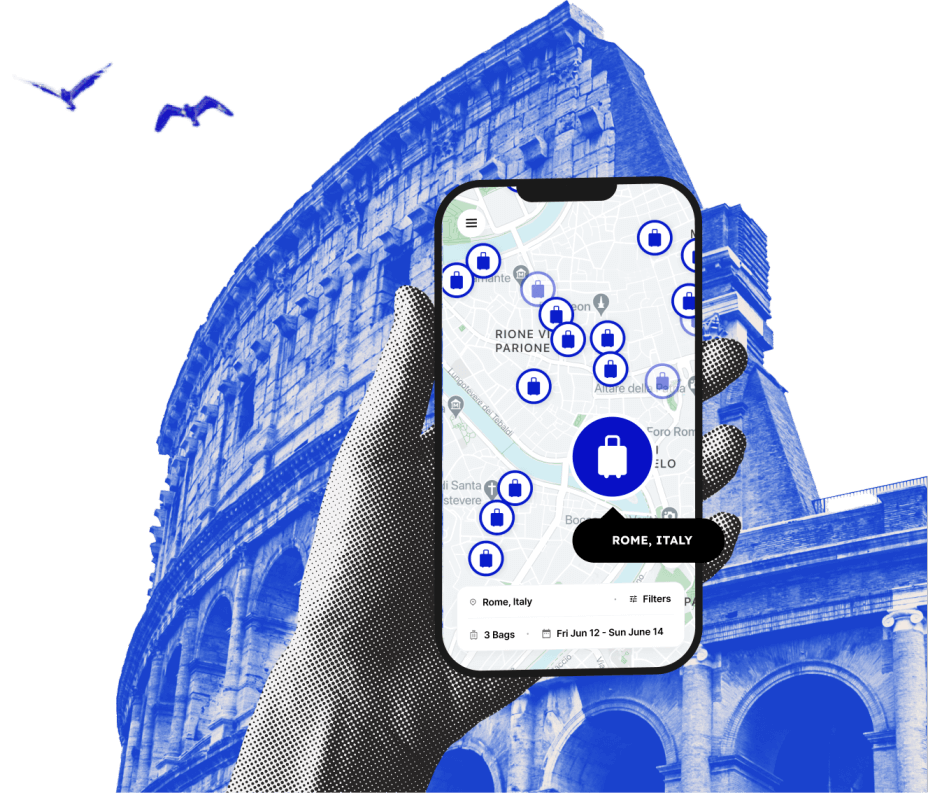How To Get Around Berlin

The German capital of Berlin is a city that offers almost infinite things to do. Home to some world-leading museums, fascinating historical monuments, exciting tourist attractions, and vibrant festivals, Berlin has something to offer just about everyone.
However, Berlin differs from most European capitals in several important ways that you need to understand while visiting. One is that the city is relatively new by European standards, and isn't as geared around walking as many other European cities. The second is that, since the city spent much of the 20th century divided into East Berlin and West Berlin, it lacks a single city center. The Mitte district is the heart of the modern city and is where you'll find many of the top tourist attractions such as Museum Island, the Brandenburg Gate, and the major train stations such as Berlin Hauptbahnhof, the central train station of the city. But part of the appeal of a city like Berlin is exploring the impressive variety of different neighborhoods and soaking up the atmosphere that can change from one side of the street to the other.
To really get the most out of the city, you're going to have to familiarize yourself with Berlin's public transportation. Luckily, Berlin has an excellent public transport network that makes it simple to get around the sprawling city. Once you've done a little bit of homework to understand the system and the options it provides, you'll find yourself having no trouble getting around Berlin, whether you use the public transport system or use some other method.
Of course, when you're hopping on and off trains and trams, the last thing you want to do is carry more than you need to. That's why Bounce makes luggage storage easy. By partnering with small businesses in hundreds of cities around the world, Bounce ensures you'll always have a place to store your things. Take advantage of a Bounce luggage storage facility in Berlin, and you'll find it much easier to get around.
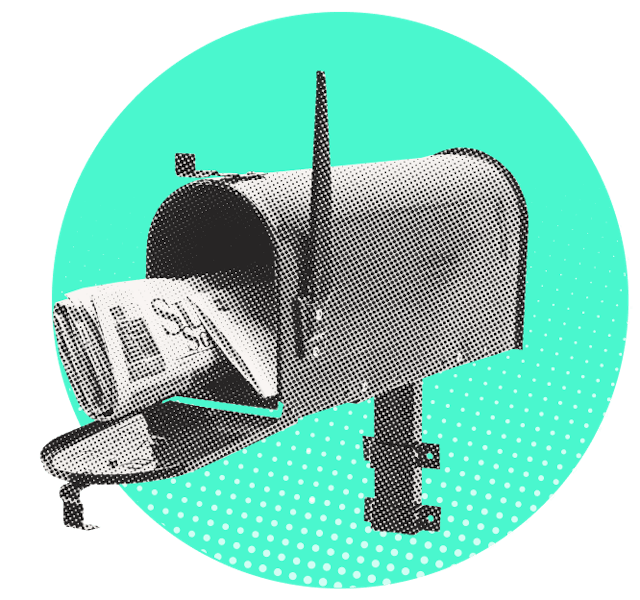
Love discounts and traveling?
Sign up for our newsletter and get 10% off your next booking.
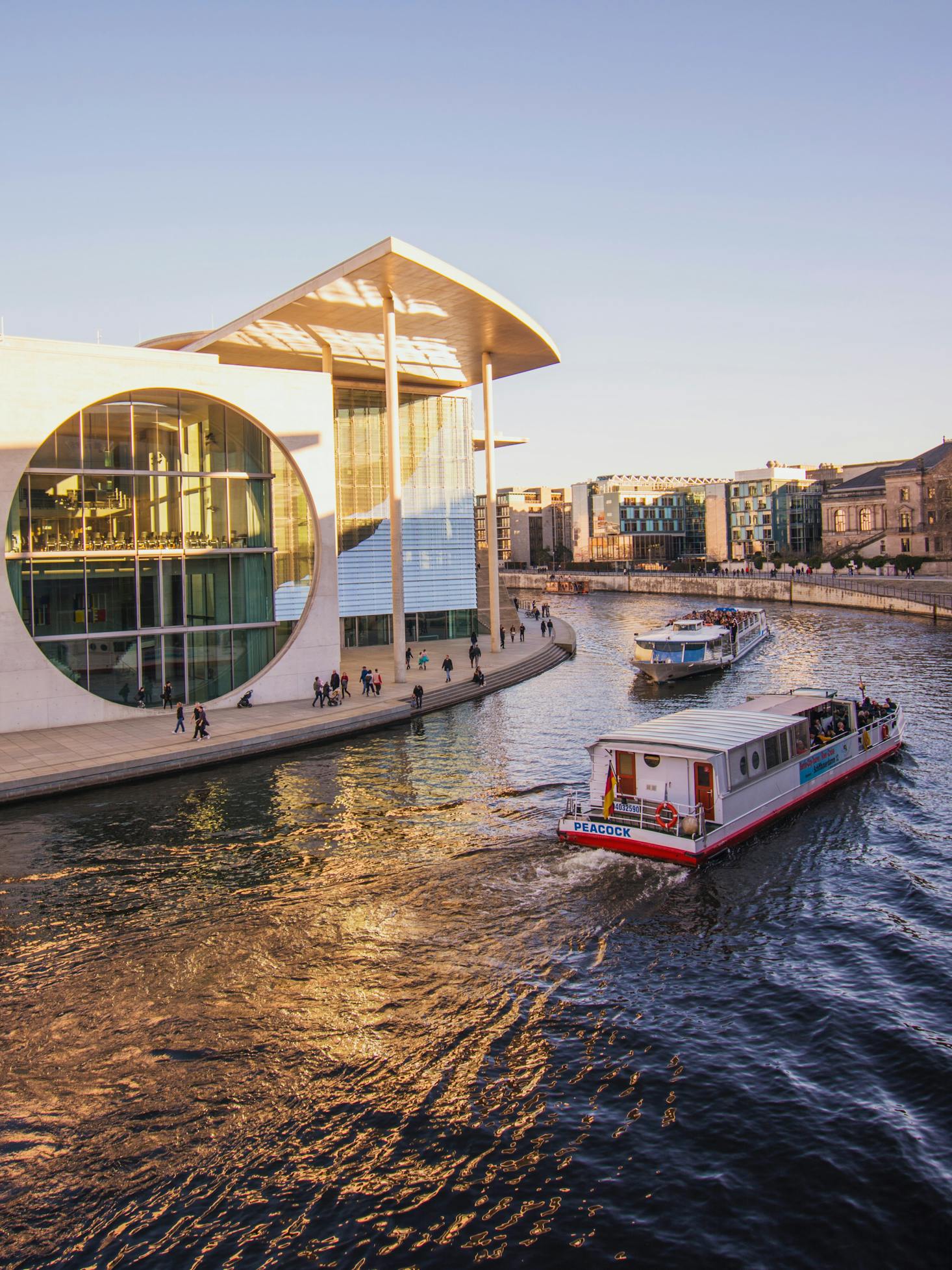
How to get around Berlin by train
Berlin's trains and trams form the backbone of its public transport network, and every neighborhood in the city has its share of U Bahn Stations and S Bahn stations. So what does all this mean? Well, simply put, the U Bahn is Berlin's underground subway system, while the S Bahn is a mostly above-ground commuter train. Which system you use to cross Berlin will depend on where you're going, but both the U Bahn and the S Bahn make it easy to get where you need to go.
The S Bahn was established in 1930, back when the trains were powered by steam. As well as being useful for getting around Berlin, it provides rapid transit to more outlying areas. There are 16 different S Bahn lines, but if that sounds overwhelming, don't worry. You'll only need to know a few of them to get to the areas of Berlin that are of most interest to tourists.
Your first encounter with S Bahn trains may happen as soon as you arrive in Berlin. Lines S9 and S45 serve Berlin Brandenburg Airport, connecting it with the city center. When Berlin's new Schönefeld airport opens, it, too, will be served by S Bahn lines.
Looking at a map of Berlin's public transport system, it's hard to miss the S Bahn ring. S Bahn lines converge on the city from all directions and form a wide ring around central Berlin. Note that no single line goes all the way around the city. Instead, multiple lines form part of the ring. Some lines, such as S5, S7, and S3, also go through the heart of the city. If you're looking to reach inner Berlin attractions like the Reichstag building and the Brandenburg Gate, these can get you there.
As if that wasn't enough, the extensive network of U Bahn lines connects all of the city's major attractions. You'll find a U Bahn station on just about every corner of the city center, making it a convenient way to get around.
The S Bahn and U Bahn are operated by different companies, but they share a single ticketing regime. You can buy tickets from ticket machines in any S Bahn or U Bahn station. Ticket machines offer several different language options, including English, but take your time and get the correct ticket. Plainclothes ticket inspectors operate on Berlin's public transport, and they won't hesitate to issue you with a fine if they find you the wrong ticket. Ignorance is no excuse. Don't be fooled by the fact that S Bahn and U Bahn stations rarely have ticket barriers. Berlin's public transportation system operates on the honor system, but it's not worth getting caught. Save your money for visiting attractions and shopping in some of Berlin's best retail areas, like the ones in our guide to shopping in Berlin.
Berlin's transport system operates according to zones. Most of the city's main attractions are in zones A or B, but the airport lies in Zone C, so a ticket from there to the center of the city will be more expensive. By contrast, Berlin's central train station lies squarely in Zone A and is served by S21 and U Bahn underground trains on line U5.
The cheapest ticket you can buy without concessions costs two euros and is good for a short trip of up to three stations on the S Bahn and the U Bahn, or any combination of the two. The ticket must be validated at a machine before traveling. The same ticket is good for a trip of up to six stops on Berlin's bus or tram system. You can buy multiple tickets at a time if you plan on taking lots of short trips. Alternatively, you can purchase a ticket for a single longer trip that is good for two hours, and you can select which zones you would like it to apply to. Note that this ticket is not valid for return trips, so it's a good one to use on your way to or from the airport, but it won't allow you to come back.
For €8.80, you can buy a 24-hour transit pass that will give you unlimited travel on Berlin's public transportation system. This can often be a better option, since it means you won't have to worry about your ticket's validity and can hop on and off as many different types of public transport as you want. If you're traveling with family or friends, you can also get a 24-hour ticket that's good for five people traveling together, so it's great for a family of up to three children.
The system also offers ticket options dedicated to tourists such as the Berlin CityTourCard, the EasyCityPass Berlin, and the Berlin WelcomeCard. The Berlin WelcomeCard offers unlimited rides for one adult and up to three children, and also provides 50% off admission to many of the city's top attractions. That makes it a great way to save money in the city, and you'll quickly make back the €25.50 cost for a ticket in zones A and B, or €26.50 for zones A, B, and C.
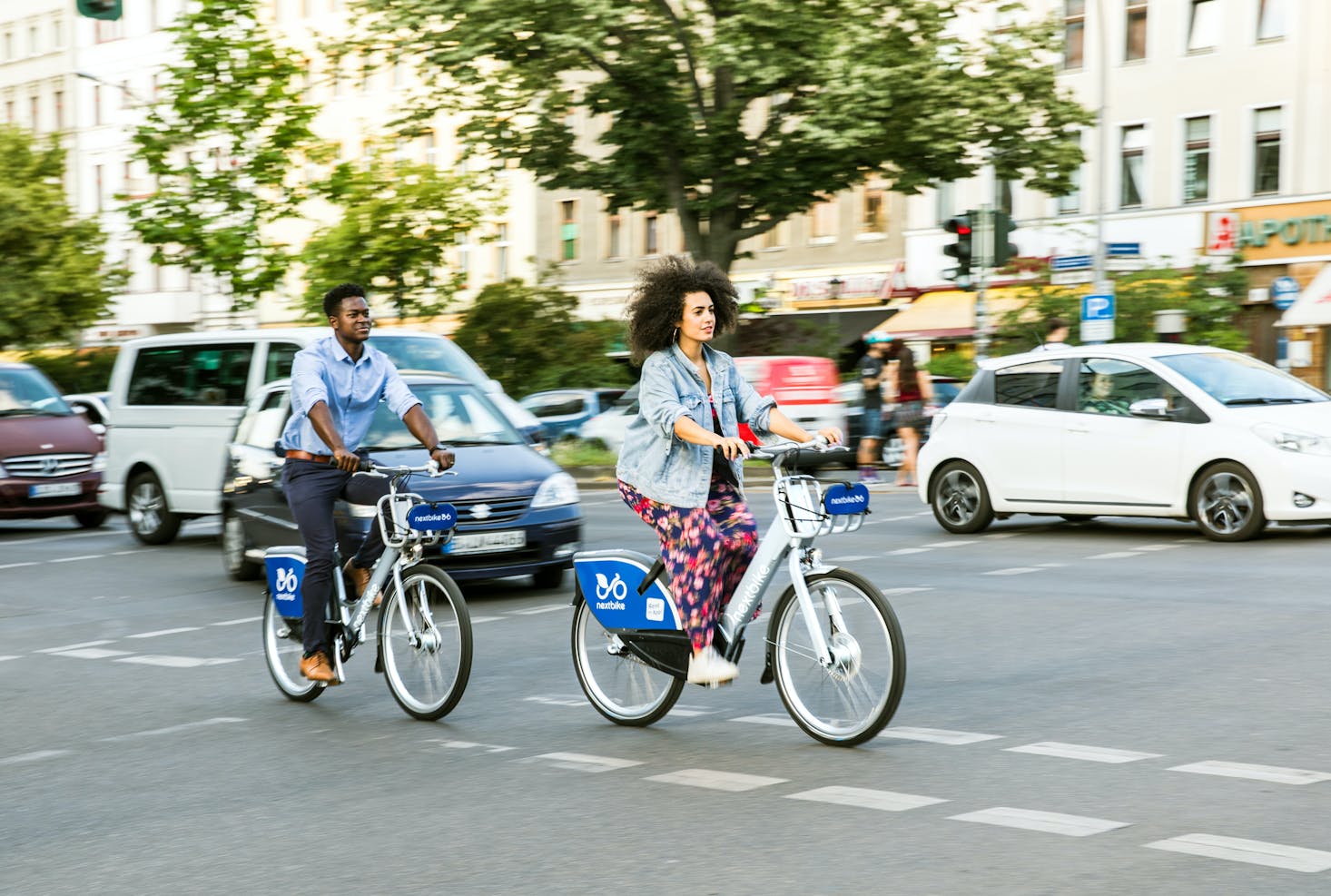
How to get around Berlin by bus
For most visitors to Berlin, the S Bahn and U Bahn trains are the only public transport options you need. However, the city also has an impressive network of buses and trams that can get you to other areas of town or spare you unnecessary walking. Berlin buses and tram lines accept the same tickets as the trains, so you can buy everything you need from the vending machines at any S Bahn or U Bahn station. The buses operate on the same zone system as the trains, so make sure you buy a ticket for the correct zone. Children up to five years old travel for free, and kids between six and 14 years of age get reduced fares.
Along with its extensive bus network, Berlin has one of the oldest tram networks in the world. The tram system consists of 22 lines with more than 800 stops, making this an easy and efficient way to get around town. Most of the trams operate in Zones AB and BC, but some travel into Zone C.
You can buy bus tickets from the driver as you board the bus or tram, but it's often easier and more cost-effective to travel with a 24 hour pass or Berlin WelcomeCard. Trams have ticket machines on board, but the machines only accept coins, not credit cards or even paper money, so the ticket machines inside an S Bahn station may be a better bet.
Trams and buses in Berlin run late into the night, which is great if you want to experience the city's legendary party scene. Check out our guide to learn more about the unmissable things to do at night in Berlin.

How to get around Berlin by car
Driving in European capitals is generally not recommended. Although you'll find plenty of rental cars available at the airport and even a few at Berlin train station or Berlin central bus station, driving in Berlin is nobody's idea of a good time. While the roads are more modern than in many European capitals, traffic is as much an issue here as it is anywhere, and finding parking can have you pulling your hair out. If at all possible, it's better to rely on public transportation, especially since Berlin's public transport infrastructure is so good. There's almost nowhere you can't get to by train, bus, or tram, so it's better to go without a car while you're in the city.
If you really must drive, make sure you have not only a valid driver's license from your own country, but also an international driver's permit or a German translation of your driving license. Although not strictly enforced, these documents can be helpful if you do have to deal with police or other officials. Also, keep an eye out for cyclists. Berlin is a city with a very high population of bikes, so you'll need to keep your wits about you while you drive in the city.
Can I get around Berlin by foot?
The center of Berlin isn't as compact as that of Rome, for instance. While many of the city's attractions are quite close to one another and well within walking distance, others are more spread out. However, Berlin is fairly flat, and walking is popular with the residents, so if you're up for it, walking can be a good way to explore the city. If not, the public transport system is always there to help you out.
Alternatively, consider exploring the city by bike. Bike rentals are cheap and can be found just about anywhere, and the city has an impressive network of cycle lanes that will allow you to cover more ground and see more of Berlin under your own steam. Bikes are also allowed on the S Bahn and U Bahn with the purchase of special tickets, so it's quite easy to bring a bike wherever you want to go.
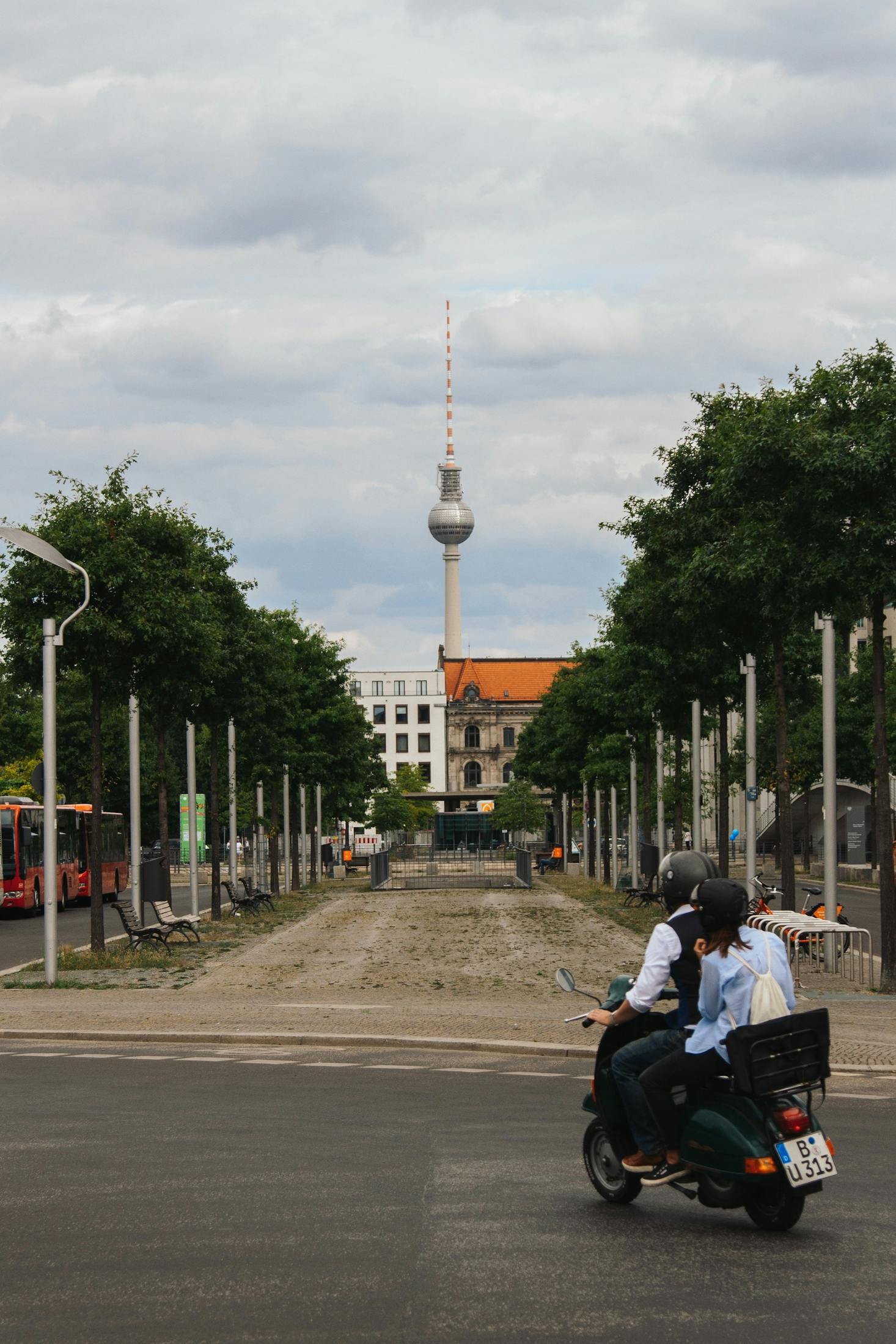
Conclusion
Although relatively compact and walkable by North American standards, Berlin isn't the walker's dream that cities like Prague and Amsterdam are. But it makes up for any lack of walkability with a public transportation network the rivals any in the world. In fact, wherever you need to get to in Berlin, you'll find there are almost too many ways to get there. Buses, trams, the subway, and the S Bahn all combine to ensure you're never far away from the fascinating neighborhoods and intriguing cultural attractions of the German capital. So leave the car at home and your bags at a Bounce luggage storage in Berlin, and get ready to explore this fascinating city. Once you've mastered the public transport system of Berlin, the sky's the limit.

Love discounts and traveling?
Sign up for our newsletter and get 10% off your next booking.
